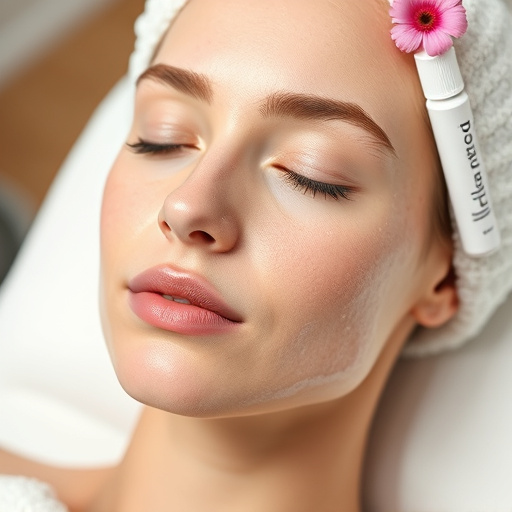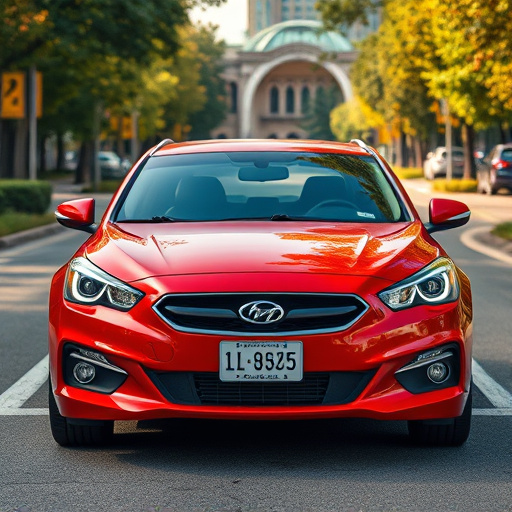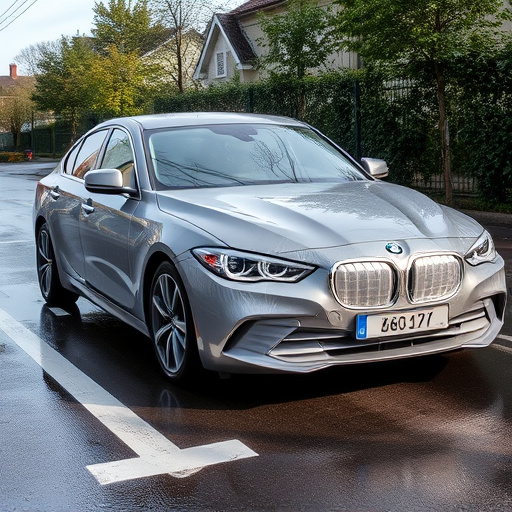Automotive window tint films protect against UV rays and enhance aesthetics but degrade over 5-7 years due to sunlight, heat, improper installation, driving frequency, and environmental factors. Regular checks and replacements ensure optimal protection, energy efficiency, and safety. Modern tint films offer advanced UV protection, reduce interior temperature, and minimize glare for safer driving.
Are you tired of seeing streaks or discolored patches on your car’s windows? It might be time to consider replacing your automotive window tint. This guide explores the degradation process of window tint films and factors influencing replacement timing. We’ll also highlight the benefits of staying up-to-date with tint upgrades for enhanced protection, improved aesthetics, and better visibility. By understanding these aspects, you can ensure your car’s windows remain clear, safe, and stylish.
- Understanding Automotive Window Tint Degradation
- Factors Affecting Replacement Timing
- Benefits of Timely Window Tint Upgrades
Understanding Automotive Window Tint Degradation
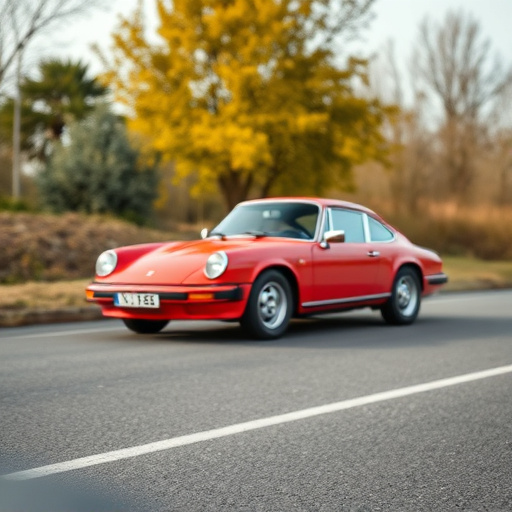
Automotive window tint films are not indestructible. Over time, they can degrade due to various factors, leading to a loss of effectiveness and aesthetic appeal. Understanding this degradation process is crucial for vehicle owners looking to maintain their custom vehicle wraps or ensure optimal vehicle protection. Exposure to harsh UV rays from the sun can break down the adhesive and tint material, causing the film to bubble, peel, or turn yellow. Additionally, internal heat buildup due to trapped solar warmth can accelerate the aging process, especially in regions with intense sunlight and high temperatures.
Automotive detailing experts recommend periodic replacement of window tint films to maintain their integrity and enhance overall vehicle protection. While the longevity depends on factors like quality of the film, installation methods, and environmental conditions, a good rule of thumb is to consider replacing them every 5–7 years. Regular checks for signs of wear and tear can also help in identifying when it’s time for an upgrade, ensuring your vehicle remains protected and looking its best under any custom vehicle wraps.
Factors Affecting Replacement Timing

The lifespan of automotive window tint films varies based on several factors that contribute to their gradual degradation over time. One primary determinant is exposure to the elements—sunlight, heat, and cold temperatures can accelerate the aging process, causing the tint to yellow or become brittle. The quality of installation also plays a crucial role; improper application might result in bubbles, lines, or peeling, which not only affect aesthetics but also compromise effectiveness.
Additionally, how frequently you drive and the conditions under which you park your vehicle matter significantly. Environments with high humidity levels or frequent exposure to water can speed up the deterioration process, as moisture can seep into the tint film, leading to peeling or blisters. Conversely, areas with heavy dust or pollen can cause the tint to lose its clarity over time. Even more specialized coatings like ceramic or custom graphics applied on top of the tint may need replacement if they become scratched or damaged, independent of the base tint film’s condition.
Benefits of Timely Window Tint Upgrades
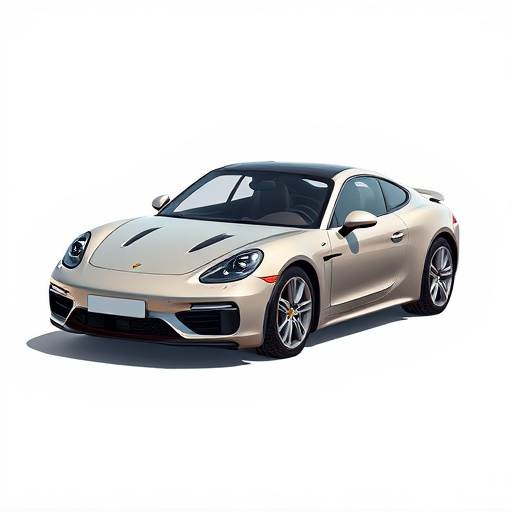
Staying on top of your automotive window tint is an often-overlooked aspect of vehicle maintenance. Regularly upgrading your window tint offers numerous advantages that extend beyond mere aesthetics. One of the key benefits is enhanced uv protection. Over time, even high-quality tint films can degrade, allowing harmful UV rays to penetrate and potentially damaging your car’s interior. Timely upgrades ensure continued optimal uv protection, preserving not just the look but also the longevity of your vehicle’s cabin.
Moreover, updating your automotive window tint can significantly improve energy efficiency. As the years go by, your driving habits may change, leading to more time spent in varying climates. Modern tint films are designed with advanced technologies that reflect heat and reduce interior temperature, thereby cutting down on air conditioning strain and saving you money on fuel costs. This is especially beneficial if you live in a region with hot summers or cold winters. Additionally, keeping your window tint fresh can contribute to better visibility by preventing excessive glare from the sun, ensuring safer driving conditions.
Regularly replacing your automotive window tint films is crucial for maintaining optimal performance and aesthetics. Understanding the degradation process, considering environmental factors, and recognizing the benefits of timely upgrades can help drivers make informed decisions. By staying current with advancements in automotive window tint technology, you ensure enhanced privacy, improved driving visibility, and better protection from harmful UV rays, ultimately enhancing your overall driving experience.

